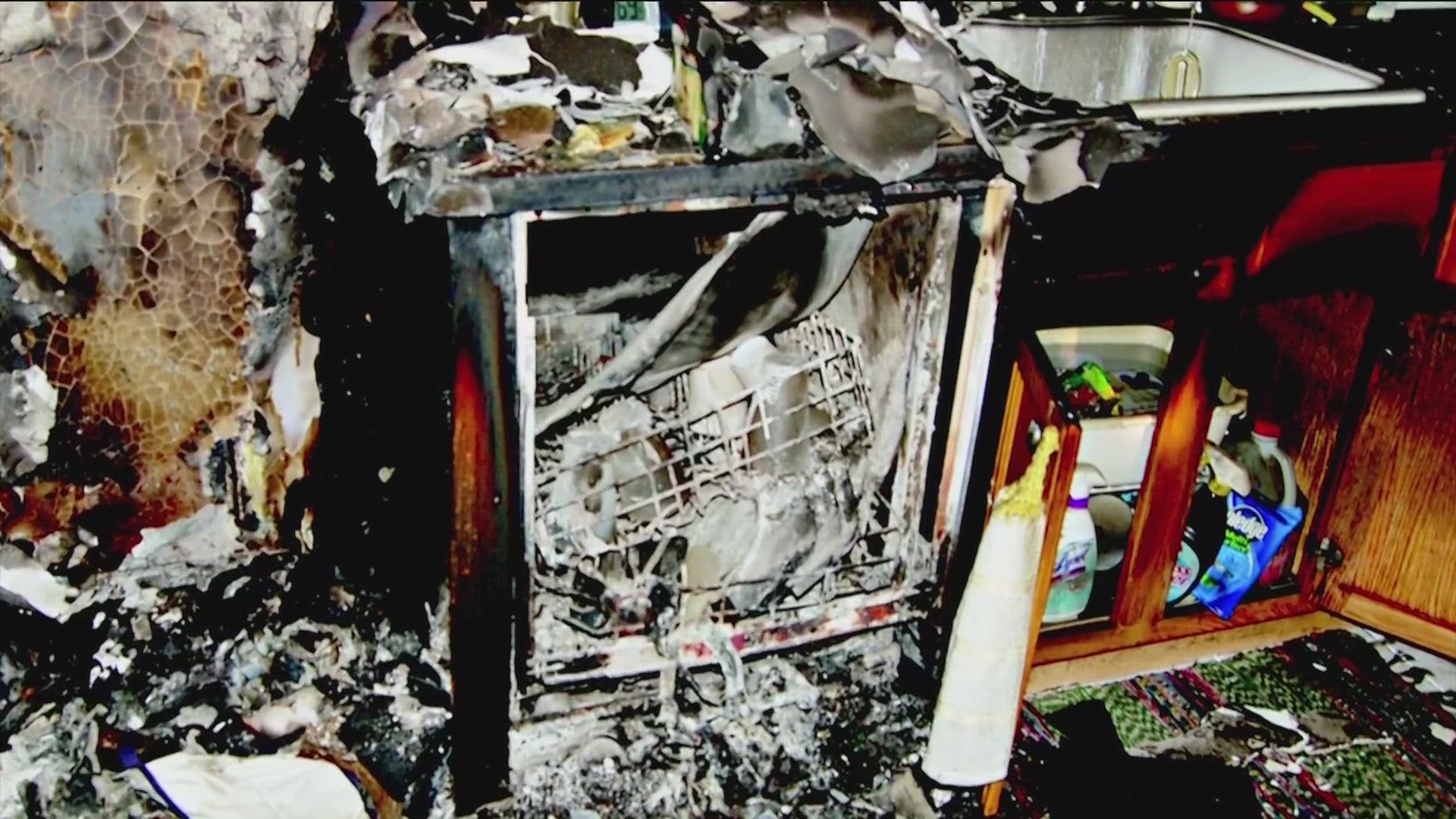AUSTIN, Texas — Before Mother Nature packs a punch on your home, know what to do after she leaves town. We’re talking about understanding your homeowner’s insurance policy before you need it. Whether it’s a storm, flood, or fire … Consumer Reports walks you through how to file a claim and get the most out of your insurance coverage.
Safety first. If your damage is catastrophic, start the claim process only when it’s safe and okay for you to be there. Contact your insurer. As soon as possible, document everything. Take plenty of photos and videos. Make a list of what was damaged and needs repair.
If you can’t get to your property, ask your insurer how to proceed to get the process moving. And make sure you are there when the adjuster visits so you see what they see.
Document all contacts with your insurer and keep detailed notes–everything from missed appointments to what you discussed–Even if they were rude.
Keep every receipt. A standard homeowners policy reimburses for living expenses if you have to stay outside your home for a period of time. You’ll want these receipts if there’s a disagreement or you end up in court.
After talking with your insurer, do the stopgap work. That is, repairs that must be done immediately to prevent further damage. For example, you might need a plumber to close off water lines.
A standard homeowners insurance policy covers damage to the structure and personal property … up to certain limits and minus your deductible.
RELATED: It's severe weather season in Texas — do you know where your homeowners insurance policy is?
Replacement cost coverage pays to rebuild your home and replace stolen or damaged items, at today’s prices. Actual cash value coverage pays to rebuild your home and replace stolen or damaged items, but factors in depreciation.
If it's minor damage, like a few thousand dollars, it might not be worth filing a claim because, in the long run, it could cost you more money in potential premium increases. And if you file too many claims in a short period, you might get dropped.
But there might be exceptions after some storms. Take water damage– small spots on a wall or ceiling could indicate a bigger mess inside a wall or attic. Reporting it now shows you’ve reported promptly.
Finally, you might want to turn to someone called a public adjuster if it’s a large claim, like a total loss. They work on your behalf and represent you. But it will cost you. In some states, a public adjuster’s fees are capped at 10 to 12 percent of the insurance payout. Other states have no percentage caps, and adjusters charge an hourly or flat fee.
If you think the wording in your policy is misleading, have an attorney specializing in insurance law look it over. The Consumer Federation of America notes that courts have consistently favored policyholders on policy ambiguities. You can also file a complaint with your state's insurance department.
RELATED: Navigating credit report errors

